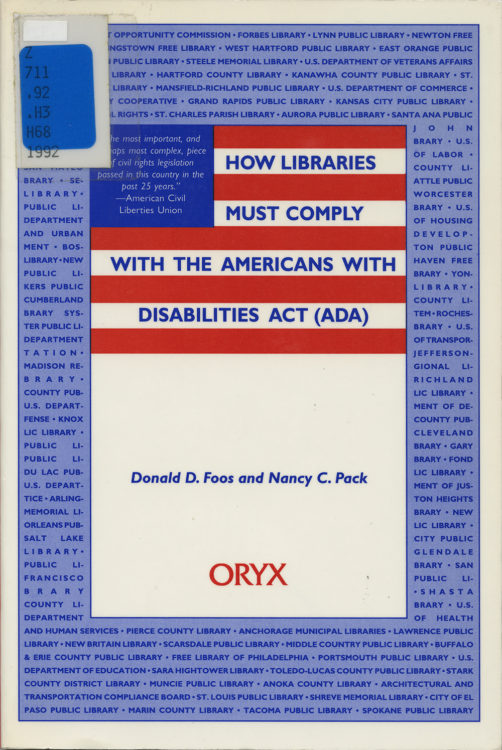Twenty five years ago on July 26, 1990 the Americans with Disability Act (ADA) was signed into law.
The ADA contains five sections (Titles) that prohibit discrimination and guarantee equal opportunity to qualified individuals with disabilities. The materials in this case relate mostly to Title II and Title III of the ADA.
To assure ADA accommodation:
- Title II applies to state and local governmental entities. Subtitle A protects qualified individuals from discrimination on the basis of disability in services, programs, and activities provided by state and local government entities. Title II, Subtitle B prohibits state and local governments, as well as private entities, from discriminating against qualified individuals with disabilities, in transportation services offered to the general public.
- Title III covers entities that are primarily engaged in providing transportation, such as over-the-road bus companies and entities that offer transportation as an auxiliary service (such as hotels that operate airport shuttle vans). The law applies to public transit operating on fixed routes, including buses, rapid and light rail, commuter rail, and intercity rail (Amtrak). Paratransit services (which provide transportation on request) are also covered.
Entrances to all public buildings must be accessible. All new and altered public vehicles must also be accessible.
All entities covered under the ADA must ensure their personnel are trained and supervised to “operate vehicles and equipment safely and properly, and treat individuals with disabilities” who use the service in a courteous and respectful way, with appropriate attention to the differences among individuals with disabilities.
- Title II Subtitle A covers accommodations in libraries and accessibility to the Head Start program.
- Title II Subtitle B covers all activities, services, and programs of public and private entities.
- Title III ensures individuals with disabilities are able to use public transportation to travel to schools, libraries, and job sites.
The quality of life for individuals with disabilities improved dramatically when the ADA became law.



